In the pursuit of a healthy and comfortable home, the role of a furnace filter often flies under the radar. Yet, these unsung heroes play a pivotal role in purifying the air we breathe and maintaining the efficiency of our heating systems. Whether you’re a first-time homeowner or a seasoned dweller, understanding the ins and outs of furnace filters is crucial. This article is your comprehensive guide to mastering the art of furnace filter maintenance. We’ll explore everything from recognizing when it’s time for a change, to selecting the right type of filter, and the step-by-step process of replacing it. Plus, we’ll share some expert tips to ensure your furnace operates at its peak. So, let’s embark on this journey to elevate your home’s air quality and transform you into a savvy furnace filter aficionado.
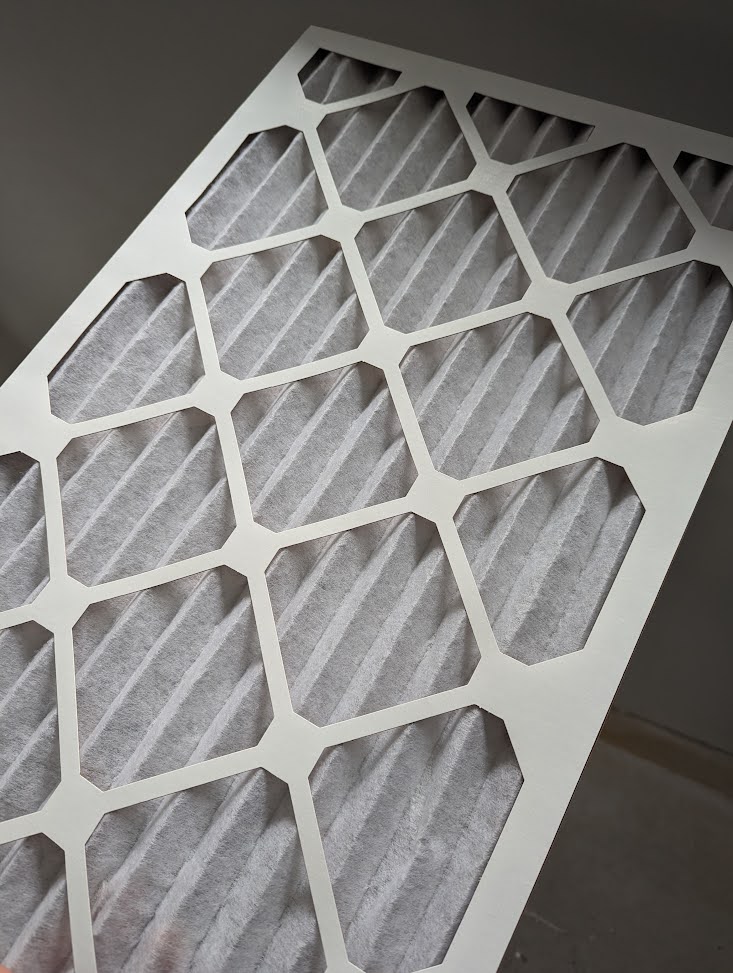
Recognizing When to Change Your Furnace Filter
A clean furnace filter is essential for maintaining indoor air quality and the efficient operation of your heating system. But how do you know when it’s time for a change? Here’s what you need to know:
- Time-Based Recommendations: Generally, furnace filters should be replaced every 90 days. However, this can vary based on the filter type, household size, pet ownership, and indoor air quality. Homes with pets or residents with allergies might need more frequent changes.
- Visual Inspection: A visual check can be very telling. A filter clogged with dust, pet hair, and other debris restricts airflow, forcing your furnace to work harder. This not only impacts your air quality but can also increase your energy bills.
- Increased Allergy Symptoms: A noticeable uptick in allergy symptoms can be a sign that your filter is no longer effectively capturing allergens.
- Unusual Furnace Behavior: Pay attention to signs like unusual noises, decreased heating efficiency, or short cycling (the furnace turning on and off frequently). These can indicate a dirty filter causing the system to overwork.
- Dust Levels Around Vents: Excessive dust around your air vents can signal that your current filter is overwhelmed and due for a change.
Regularly checking and changing your furnace filter is a simple yet crucial step in home maintenance. It ensures not only the longevity of your heating system but also a healthier living environment.
Types and Qualities of Furnace Filters
Choosing the right furnace filter is crucial for optimal air quality and furnace efficiency. Here’s a breakdown of the different types and qualities:
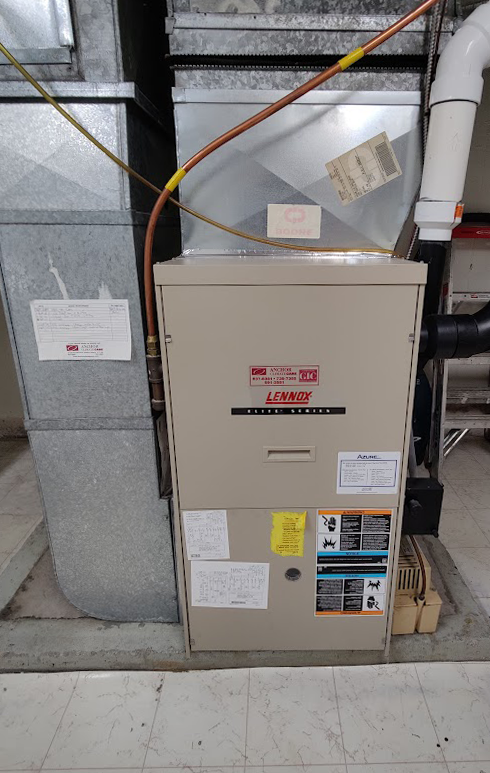
- Fiberglass Filters: These are the most economical option, designed to protect your furnace from larger particles. However, they offer minimal air purification and need frequent replacement.
- Pleated Filters: Made from polyester or cotton, these filters capture smaller particles like pollen and mold spores, offering better air quality. They are slightly more expensive but provide better filtration.
- Electrostatic Filters: These utilize self-charging fibers to attract and trap airborne particles. They come in disposable and washable forms and are excellent for homes with pets or smokers.
- HEPA Filters: High-Efficiency Particulate Air (HEPA) filters offer the highest level of air purification, capturing over 99% of airborne particles. They are ideal for households with allergy sufferers but can restrict airflow in some HVAC systems.
- Filter Ratings – MERV: Filters are rated based on their Minimum Efficiency Reporting Value (MERV). The higher the MERV rating, the better the filter is at trapping small particles. Residential filters typically range from MERV 1 to 13, with higher ratings used in commercial settings.
Your choice of furnace filter will depend on your specific needs, such as allergy concerns, pet ownership, and the type of HVAC system in your home. Balancing these factors with the desired air quality and budget will guide you to the right filter choice.
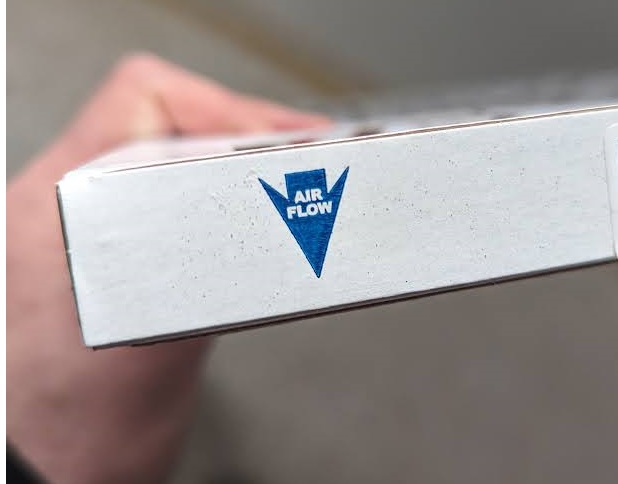
The Step-by-Step Process of Changing a Furnace Filter
Changing a furnace filter is a straightforward task that can significantly impact your home’s air quality and heating efficiency. Here’s how to do it:
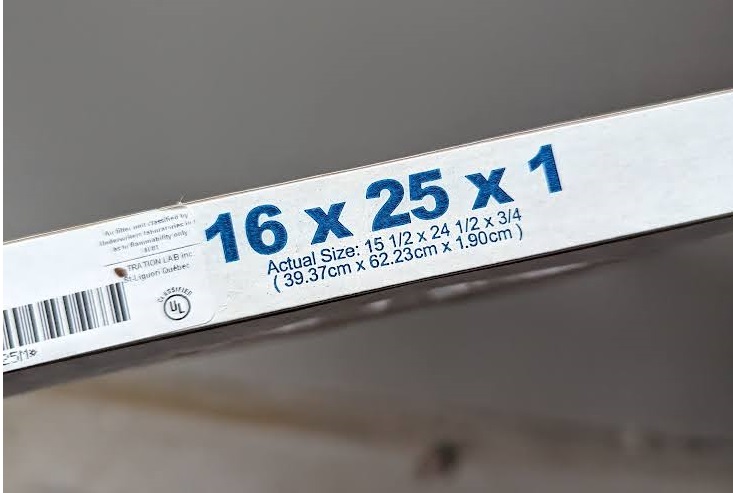
- Safety First: Always start by turning off your furnace. This prevents air from flowing and spreading dust during the filter change but also makes it easier to slide the filter in and out of the filter slot.
- Locate the Filter: Find the filter slot, typically situated between the air intake and the furnace, often behind a service panel.
- Remove the Old Filter: Gently pull out the old filter. Take note of the direction the arrow on the frame is pointing – this indicates the airflow direction.
- Understanding Filter Sizes: Furnace filters come in various sizes, commonly measured in inches. Typical sizes include 16×20, 20×25, and 16×25. Always match the size of your new filter to the old one for proper fit.
- Selecting the Right Filter: Ensure your new filter is the correct size and type for your furnace. Variations in thickness can range from 1 to 5 inches, affecting the filter’s capacity and lifespan.
- Correct Installation Direction: The arrow on the filter’s frame should point towards the furnace or in the direction of airflow. This ensures the filter traps particles effectively as air flows from the intake, through the filter, and into the furnace.
- Install the New Filter: Place the new filter into the slot, aligning it according to the airflow direction. It should fit snugly without gaps.
- Record the Date: Note the installation date on the filter’s edge for future reference. This helps in maintaining a regular replacement schedule.
- Turn the Furnace Back On: After the filter is in place, reactivate your furnace.
By following these steps and understanding the importance of size and airflow direction, you ensure effective filtration and prolong the health of your furnace.
Best Practices for Furnace Filter Maintenance
Maintaining your furnace filter is not just about regular changes; it’s also about knowing the best practices to ensure its optimal performance. Here are some key tips:
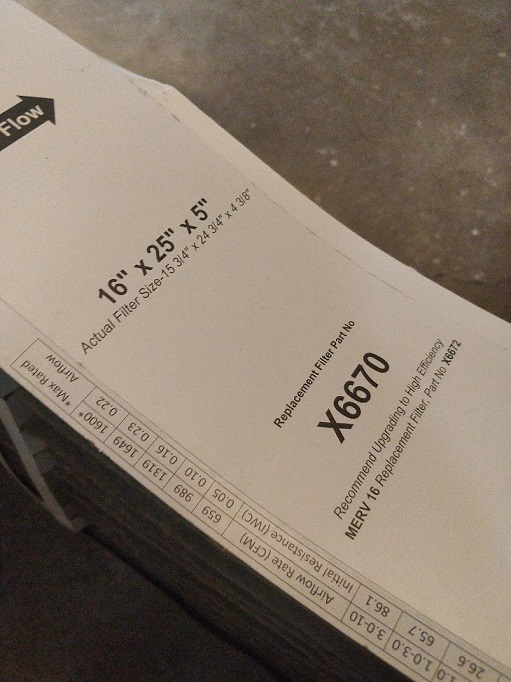
- Regular Checks: Even if it’s not time to change your filter yet, regular inspections every month can help you identify when it’s getting too dirty or clogged.
- Understanding Your Furnace’s Requirements: Different furnaces have different requirements for filter types and sizes. Consult your furnace’s manual or a professional to understand what’s best for your specific model.
- Choosing the Right Filter for Your Needs: Consider factors like allergies, pets, and the general dust level in your area. For example, households with pets might benefit from a filter with a higher MERV rating.
- Proper Installation: Always ensure the filter is installed in the correct orientation, with the arrow on the frame pointing in the direction of the furnace’s airflow. Incorrect installation can reduce the filter’s effectiveness and potentially damage your furnace.
- Marking the Change Date: Writing the date of installation on the filter frame can help you keep track of when it’s time for a replacement, ensuring you don’t forget this important task.
- Keeping a Supply of Filters: Having a few extra filters on hand can be convenient, ensuring you’re ready for a change whenever it’s needed.
- Consulting Professionals for Unusual Issues: If you notice any unusual sounds or issues with your furnace after changing the filter, it’s best to consult a professional. This could indicate an incorrect installation or a deeper issue with your HVAC system.
By adhering to these best practices, you not only enhance the air quality in your home but also contribute to the longevity and efficiency of your furnace.
Role of Furnace Filters in Home Wellness
In conclusion, understanding and maintaining your furnace filter is more than a mere chore; it’s a vital part of ensuring a healthy, efficient, and comfortable home environment. From choosing the right filter to knowing when and how to replace it, each step plays a crucial role in enhancing indoor air quality and preserving your furnace’s longevity. Remember, a well-maintained furnace filter not only purifies your air but also safeguards your heating system, ultimately contributing to a harmonious and wholesome living space. Embrace these practices, and you’ll be well on your way to becoming a savvy homeowner who truly understands the importance of every element in maintaining home wellness.
